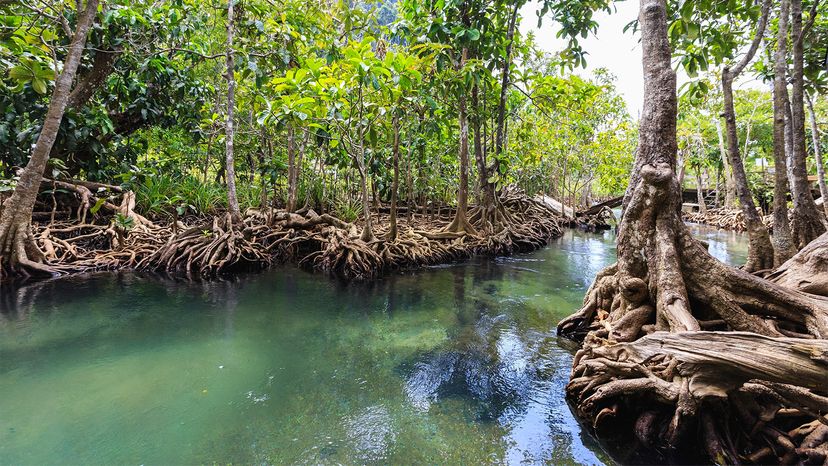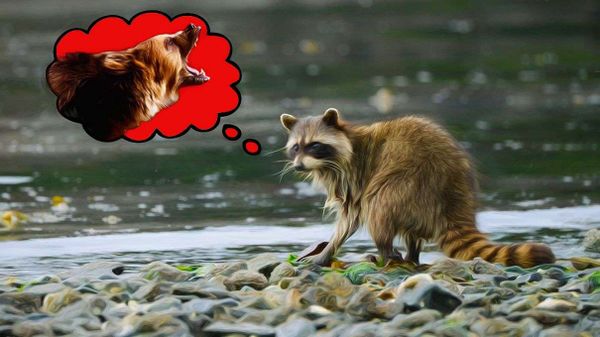
Let's say you meet a woman on an airplane on a flight from Boston to Brisbane. The two of you are seated next to each other for a couple dozen hours, and you talk the entire time — about books, politics, current events, religion, the weather, etc. You hear some of this woman's personal stories, observe the way she eats and drinks, you watch her play a game on her phone and notice that she snores when she sleeps.
By the time you get to Australia, you feel you've got a pretty good sense of who this person is, but then her entire family shows up to meet her at the airport, and immediately you learn more — and some of the assumptions you made on the plane have to be reevaluated given this new input.
Advertisement
Later, she invites you to visit her at home and her story broadens: The smell of her house, the taste of her drinking water, the view from her porch, the contents of her refrigerator and the setting of her thermostat speak volumes. Some of these details reinforce what you thought you already knew, and some change your mind. At some point, your investigations become, not about the woman herself, but about the whole system in which she lives.
In order to understand anything, it's helpful to understand everything — or, as much as you possibly can. In the study of ecology, the concept of an ecosystem acknowledges the fact that, as 19th-century naturalist John Muir said, "When we try to pick out anything by itself, we find it hitched to everything else in the Universe."
But it's difficult to look at everything at once! And natural systems, of all the things we can investigate with science, are particularly hard to nail down. But ecologists are always trying.
In 1935, an English botanist named Arthur Tansley — strongly influenced by Danish botanist Eugenius Warming — introduced the term "ecosystem" in a paper titled "The Use and Abuse of Vegetal Concepts and Terms," published in the journal Ecology. He defined an ecosystem as "the whole system, ... including not only the organism-complex, but also the whole complex of physical factors forming what we call the environment."
Advertisement
